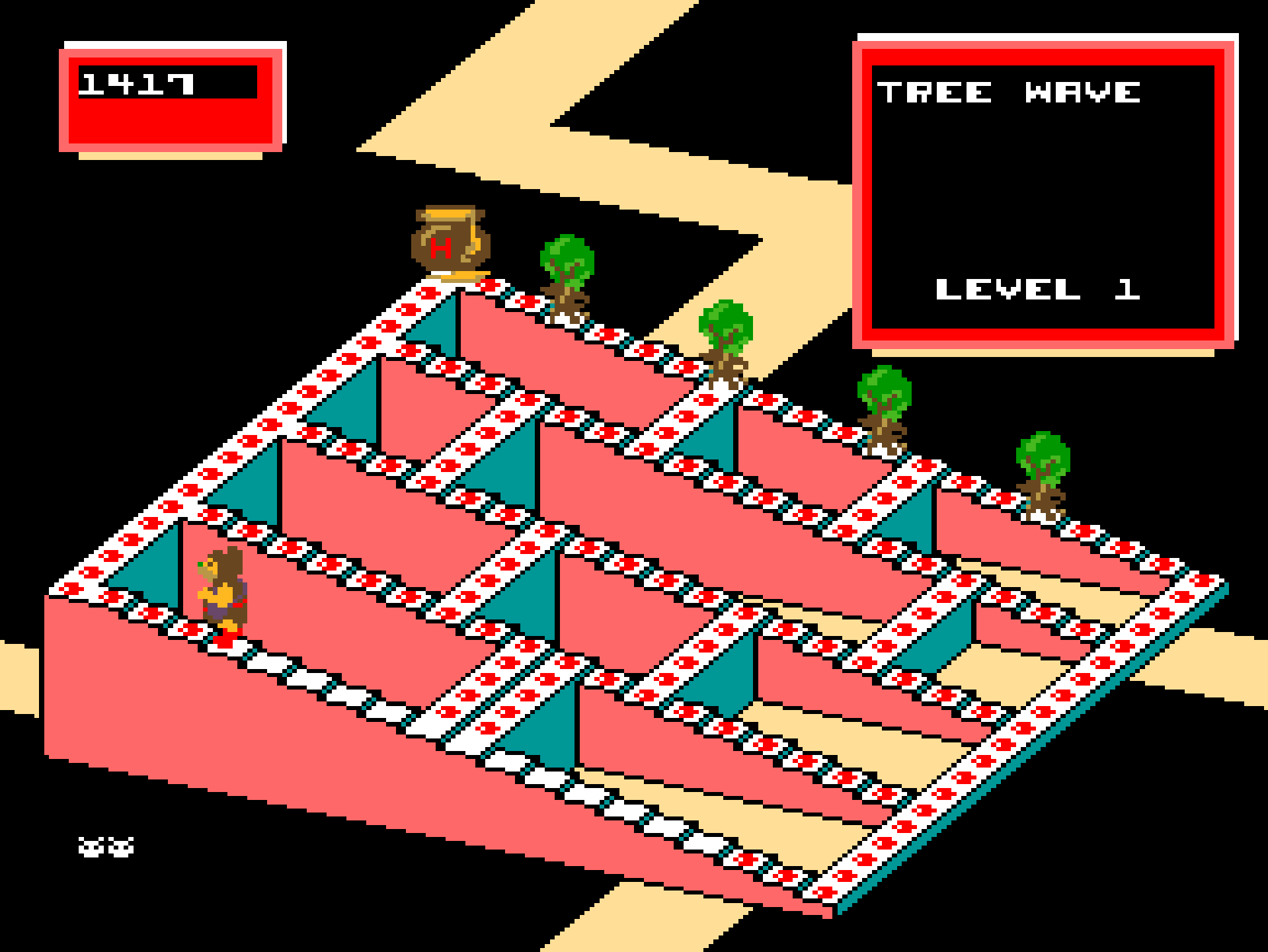Introduction
Released by Atari in 1983, Crystal Castles was one of the first arcade games to feature an isometric perspective and a defined ending—rare for its time. Players control Bentley Bear as he races through a series of 3D mazes, collecting gems while avoiding surreal enemies like living trees, skulls, and giant bees. With its colorful graphics, whimsical tone, and unique gameplay structure, Crystal Castles stood out in a crowded arcade landscape.
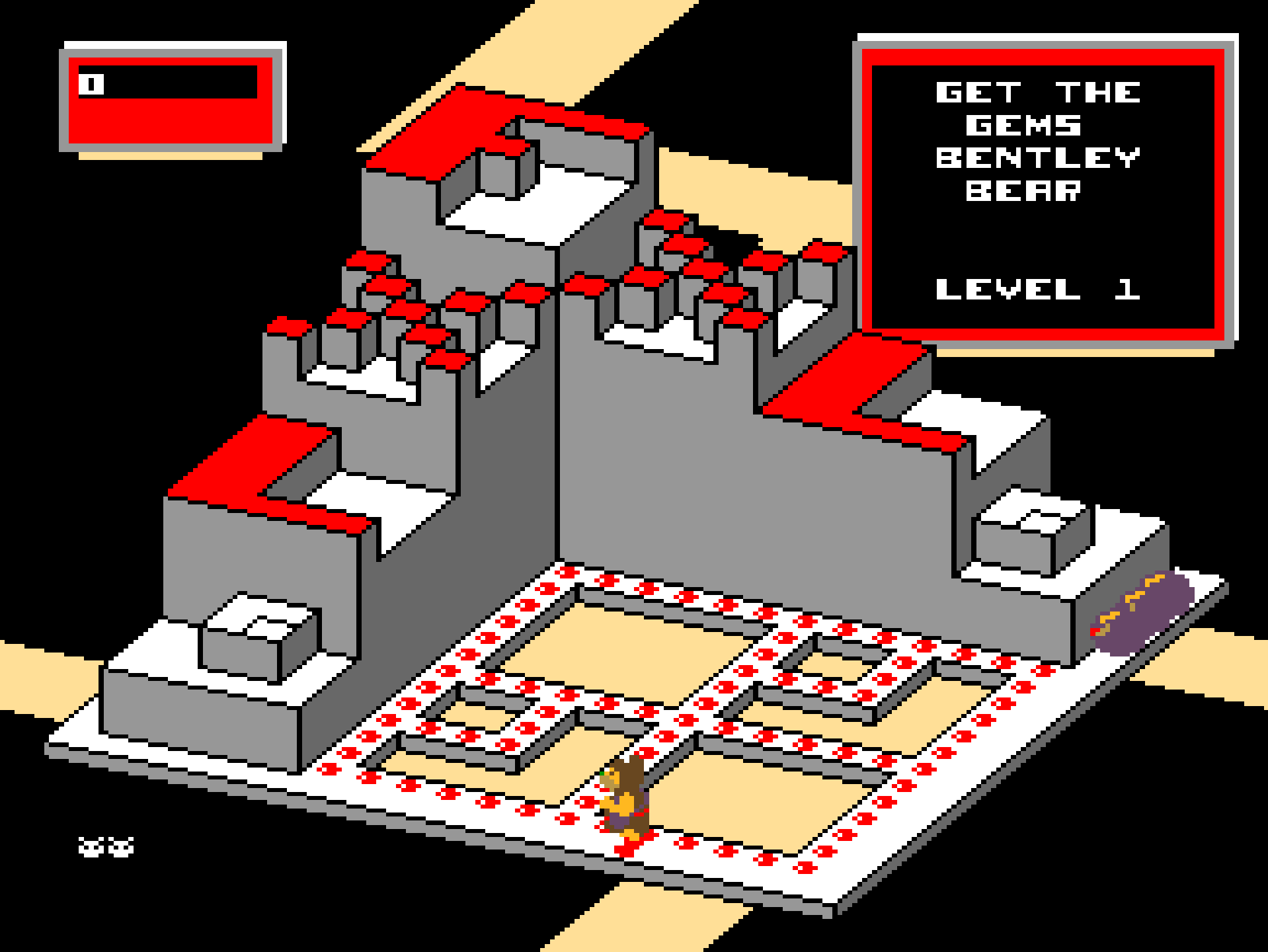
Development and History
- Developer: Atari, Inc.
- Publisher: Atari, Inc.
- Release Date: 1983
Crystal Castles was developed by programmer Franz Lanzinger and artist Susan McBride, using Atari’s custom hardware and trackball input. The team wanted to create a fast-paced game that offered visual depth and a sense of exploration. The isometric graphics gave the illusion of 3D, setting it apart from 2D maze games like Pac-Man.
A defining feature was its pre-defined level progression and an actual ending—something most arcade games of the era lacked, as they typically looped infinitely. The final castle brought a sense of accomplishment for skilled players who could make it that far.

Gameplay Video
Gameplay and Mechanics
Core Gameplay
Players control Bentley Bear, navigating a series of castles to collect gems and avoid enemies. Notable gameplay elements include:
- Trackball Movement: Fast, fluid controls via a trackball allow for rapid direction changes.
- 3D Isometric Mazes: Mazes have ramps, elevators, and hidden passageways.
- Enemies: Includes Berthilda the Witch, Nasty Trees, Gem Eaters, and Crystal Balls.
- Gem Collection: All gems must be collected to clear the level.
- Hat Power-Up: Temporarily allows Bentley to defeat Berthilda.
Challenges
- Enemy AI: Enemies get faster and smarter as the game progresses.
- Maze Complexity: Later castles have layered paths, teleporters, and trap areas.
- Gem Eaters: These enemies consume gems before the player can reach them, reducing point potential.
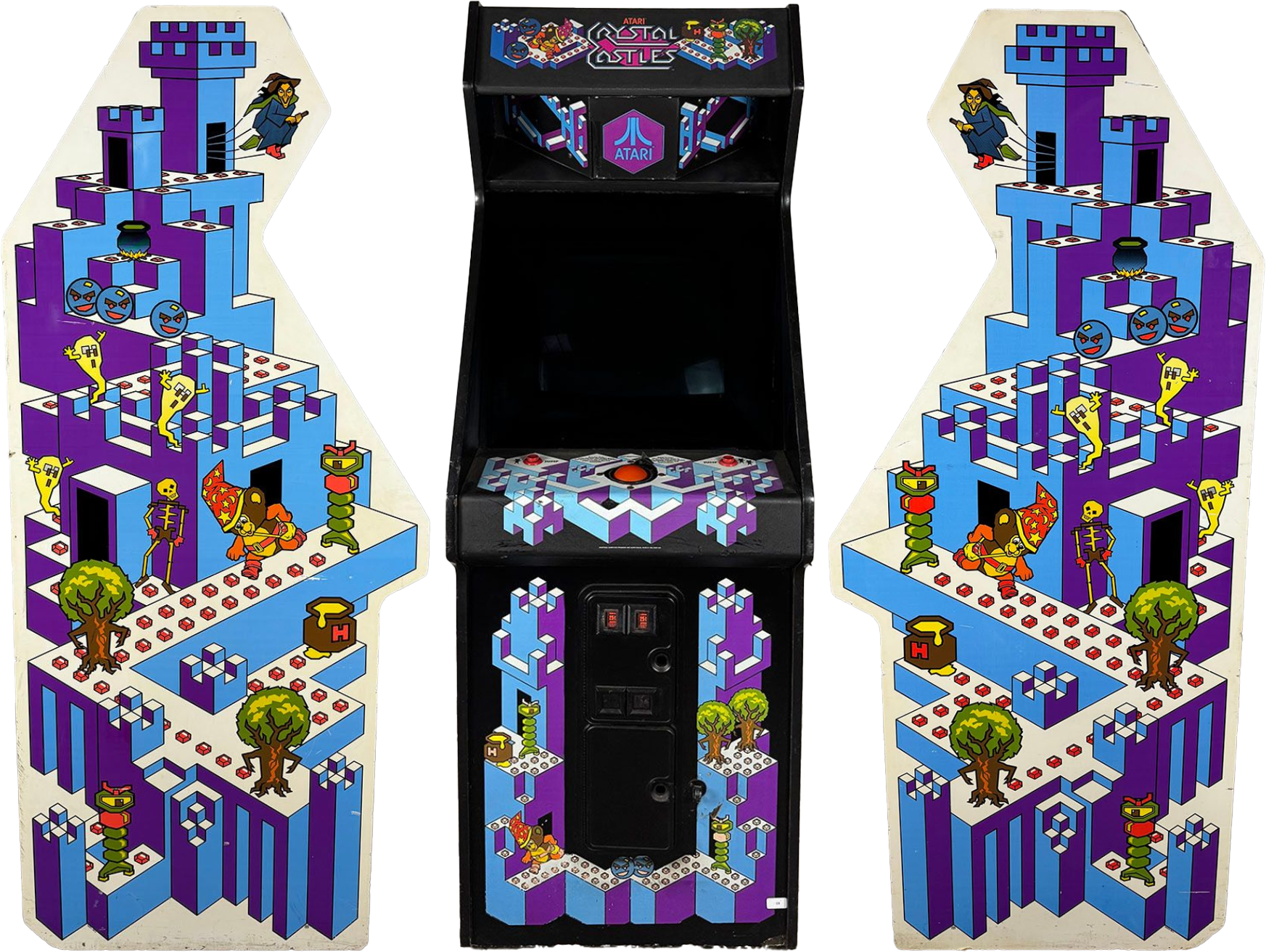
Cultural Impact and Legacy
Crystal Castles made a lasting mark despite being overshadowed by flashier titles:
- Trackball Innovation: One of the few arcade games to successfully implement trackball controls in a maze format.
- Bentley Bear Legacy: Atari reused Bentley Bear in later projects, and he became something of a mascot during the early '80s.
- Level-Based Structure: Helped pave the way for arcade games with finite level counts and actual end goals.
- Home Ports: Released on Atari 2600, Atari 8-bit computers, Commodore 64, and others.
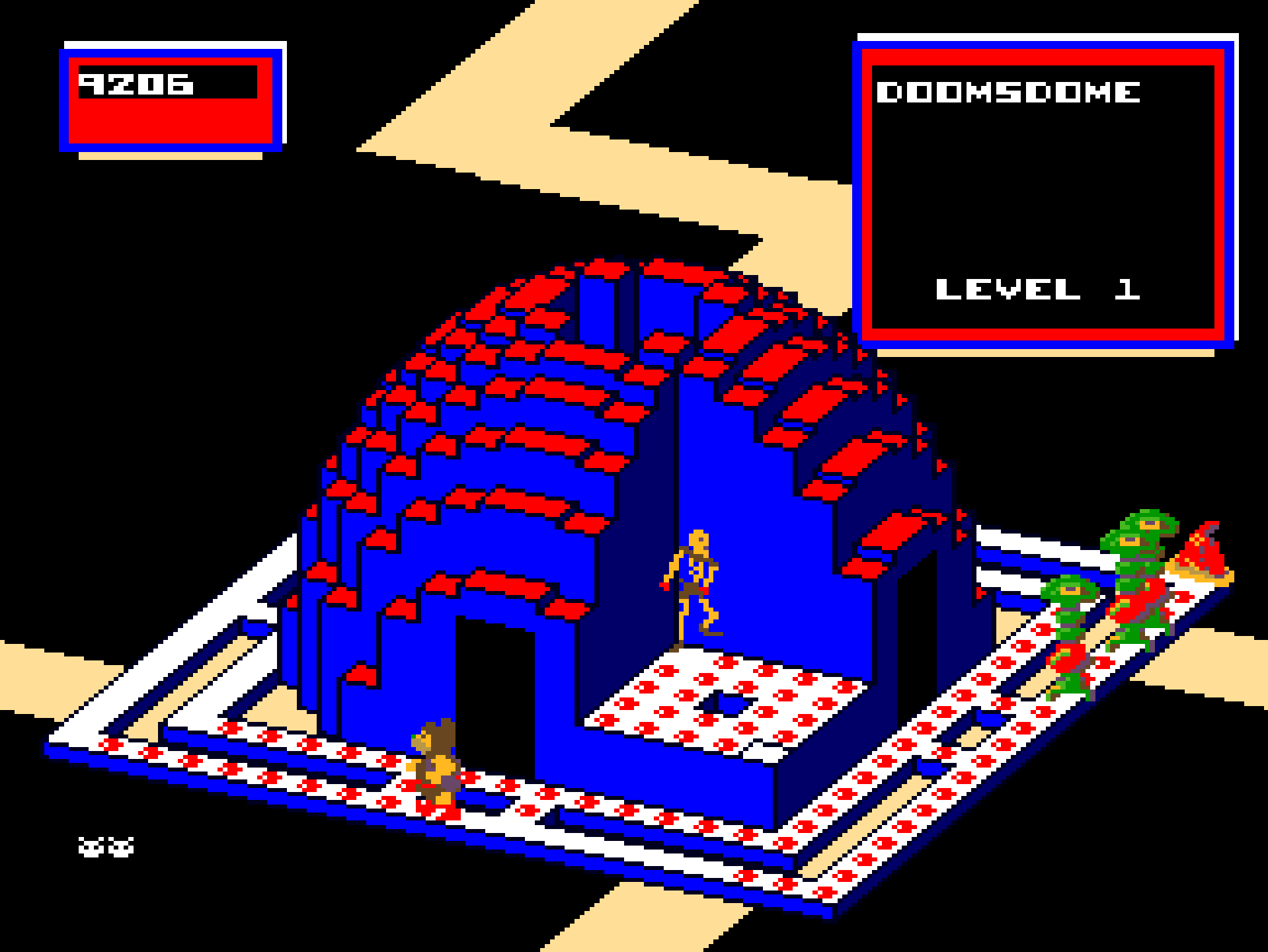
Fun Facts
- Name Origin: The title “Crystal Castles” was inspired by the crystalline look of the game’s architecture.
- Early Ending: One of the first arcade games to feature an actual end instead of looping endlessly.
- Secret Warp Zones: Skilled players could find warp points to skip levels.
- Bentley’s Cameo: The bear later appeared in other Atari branding and promotional materials.
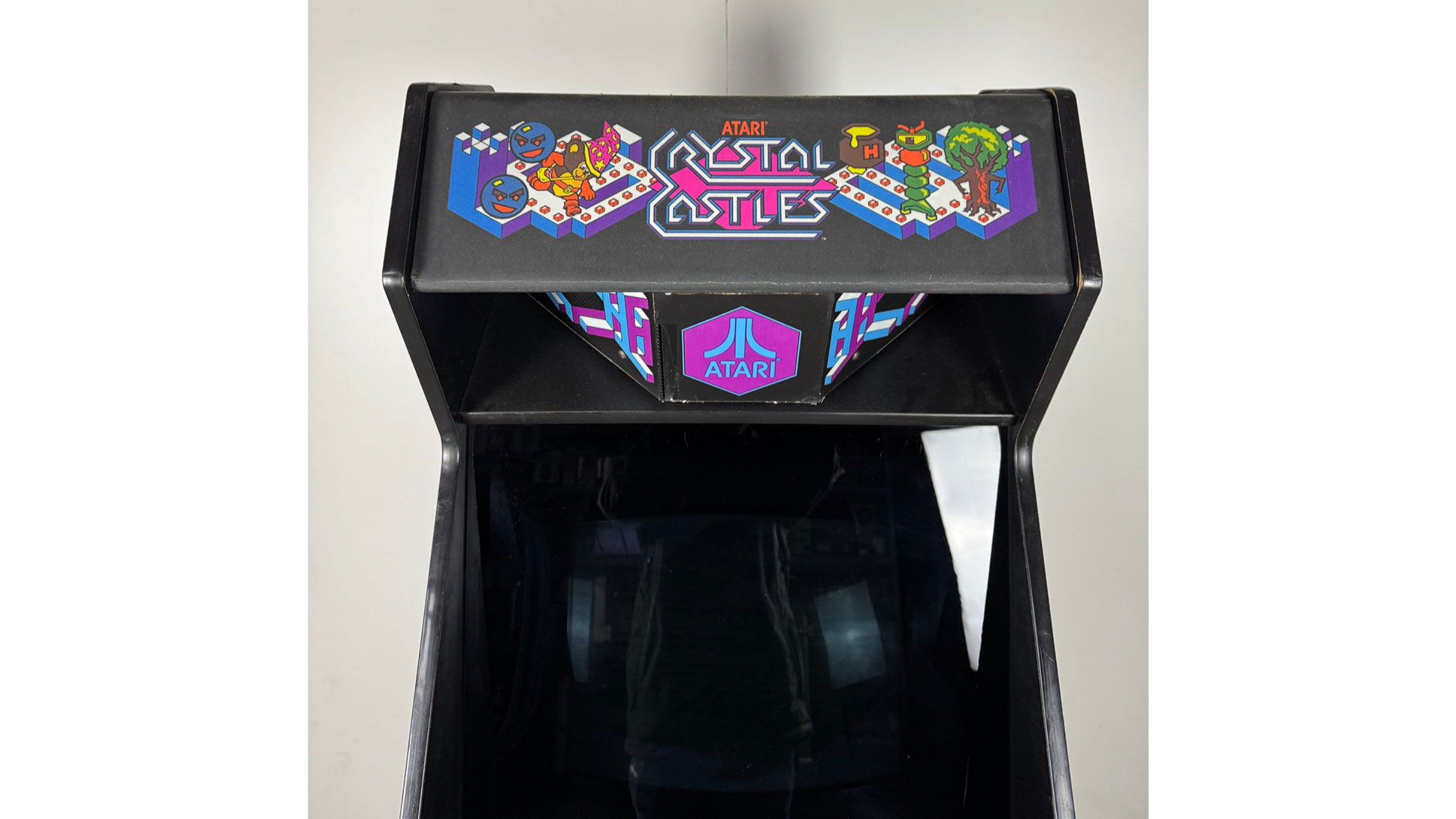
Conclusion
Crystal Castles was a technical and artistic standout of its time, offering players a true adventure through cleverly designed mazes filled with danger and charm. Its innovative 3D-like presentation, memorable enemies, and structured level progression make it a beloved title in Atari’s arcade lineup and a hidden gem for retro gaming fans.

